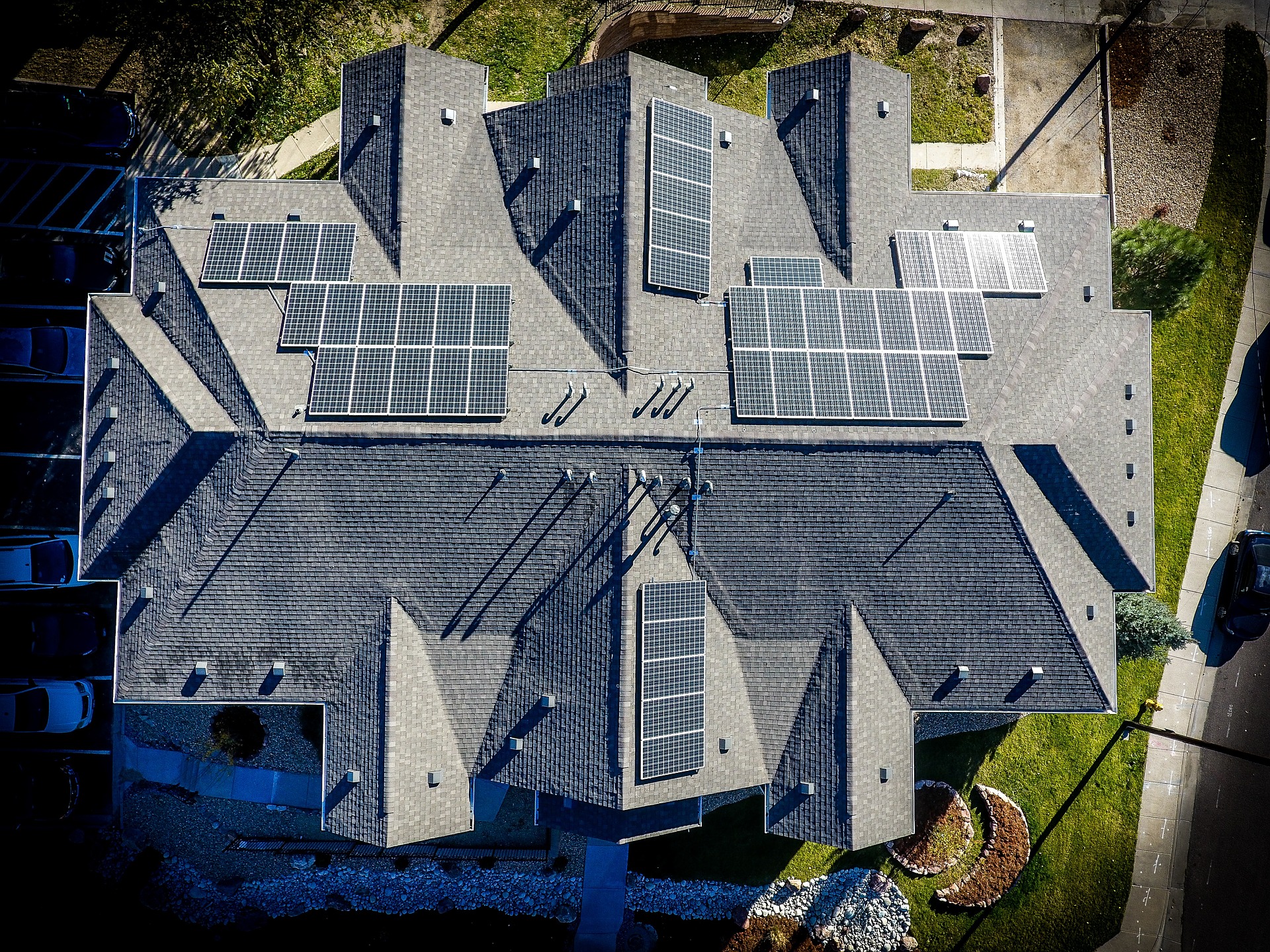Solar Roof for Your Home: Benefits and Installation Guide
Learn about the advantages of installing a solar roof and how it can save on energy costs. This article aims to shed light on these aspects and provide a comprehensive guide to solar roofs.

Harnessing the Sun: A Comprehensive Guide to Solar Roofs for Homes
As the world shifts towards renewable energy sources, solar roofs for homes have become a popular and sustainable option. However, many homeowners still face confusion about the types of solar roofs, their benefits, and installation process.
Understanding How Solar Roofing Works
Harnessing the power of the sun, solar roofs generate electricity by converting sunlight into usable energy. This process involves photovoltaic cells that absorb sunlight and convert it into direct current (DC). An inverter then transforms the DC into alternating current (AC) that powers your home. Any excess energy produced can be stored or fed back into the grid, leading to further savings.
Exploring Types of Solar Panels and Roofing Systems
Solar roofs are not a one-size-fits-all solution. They come in different types, each with its own advantages. Traditional solar panels, also known as crystalline panels, are the most common. Alternatively, thin-film solar panels are lightweight and flexible but less efficient. There’s also solar shingles, which integrate seamlessly into your existing roof for a more aesthetic appeal.
The Installation Process: What to Expect
The installation process involves a thorough inspection of your roof’s condition, orientation, and shading. After determining the best system for your needs, installers will mount the solar panels or shingles onto your roof. They’ll then connect the system to an inverter that converts the solar energy into household electricity. The entire process typically takes a few days to a week.
Costs and Financial Incentives for Solar Roofs
While the initial cost of solar roofs can be daunting, they offer long-term savings and numerous financial incentives. Depending on your location, you may qualify for tax credits, rebates, or grants. Moreover, solar roofs can significantly reduce your energy bills and increase your property’s value, offsetting the initial investment over time.
Useful Tips and Facts about Solar Roofs
- Regular maintenance can extend the lifespan of your solar roof.
- Solar energy is an abundant, renewable resource that reduces reliance on fossil fuels.
- Solar panels can still generate electricity on cloudy days, although at a reduced rate.
- Some solar roofs come with monitoring systems that allow you to track their performance.
Weighing Maintenance and Long-Term Savings
Solar roofs require minimal maintenance, primarily involving cleaning and periodical checks. This low upkeep, combined with the long-term savings on energy bills, makes solar roofs a financially viable and sustainable choice. Moreover, the environmental benefits of reducing carbon footprint add an extra layer of appeal to this renewable energy source.
In conclusion, solar roofs for homes are a smart investment, offering numerous benefits and incentives. Understanding how they work, their types, the installation process, and upkeep can help homeowners make an informed decision and contribute towards a greener future.




